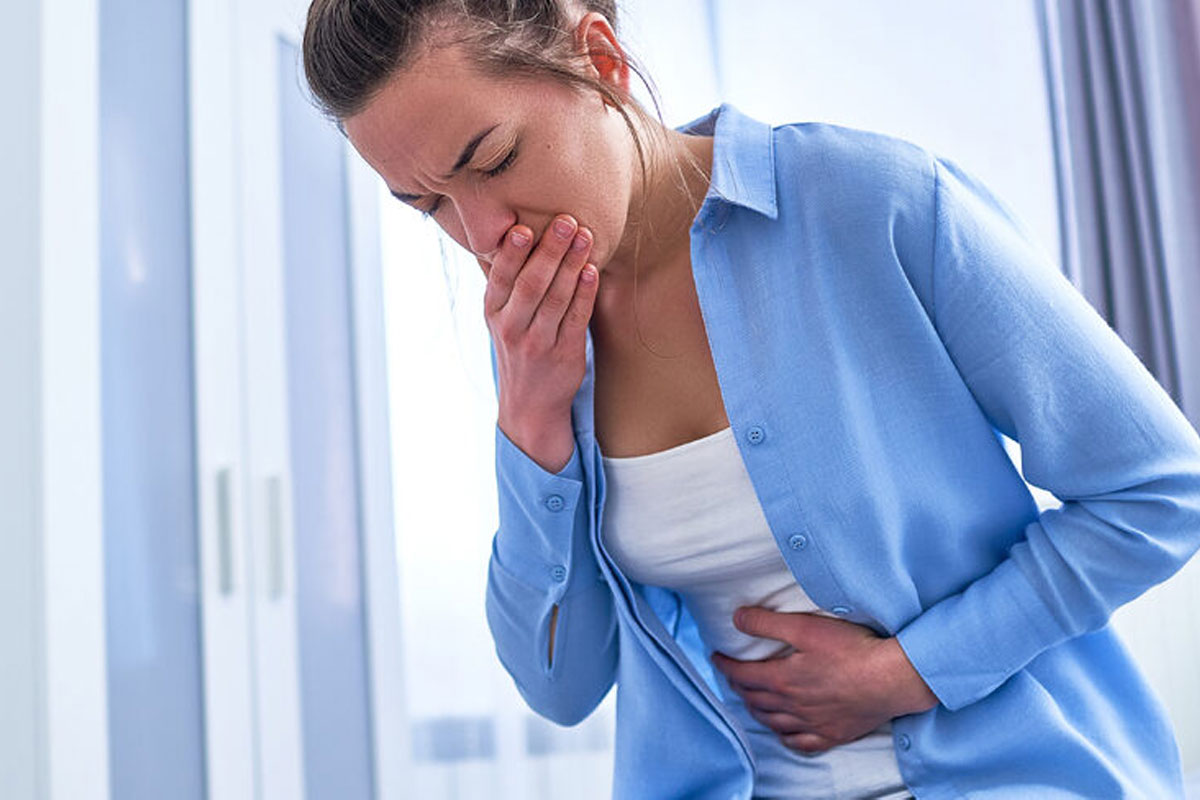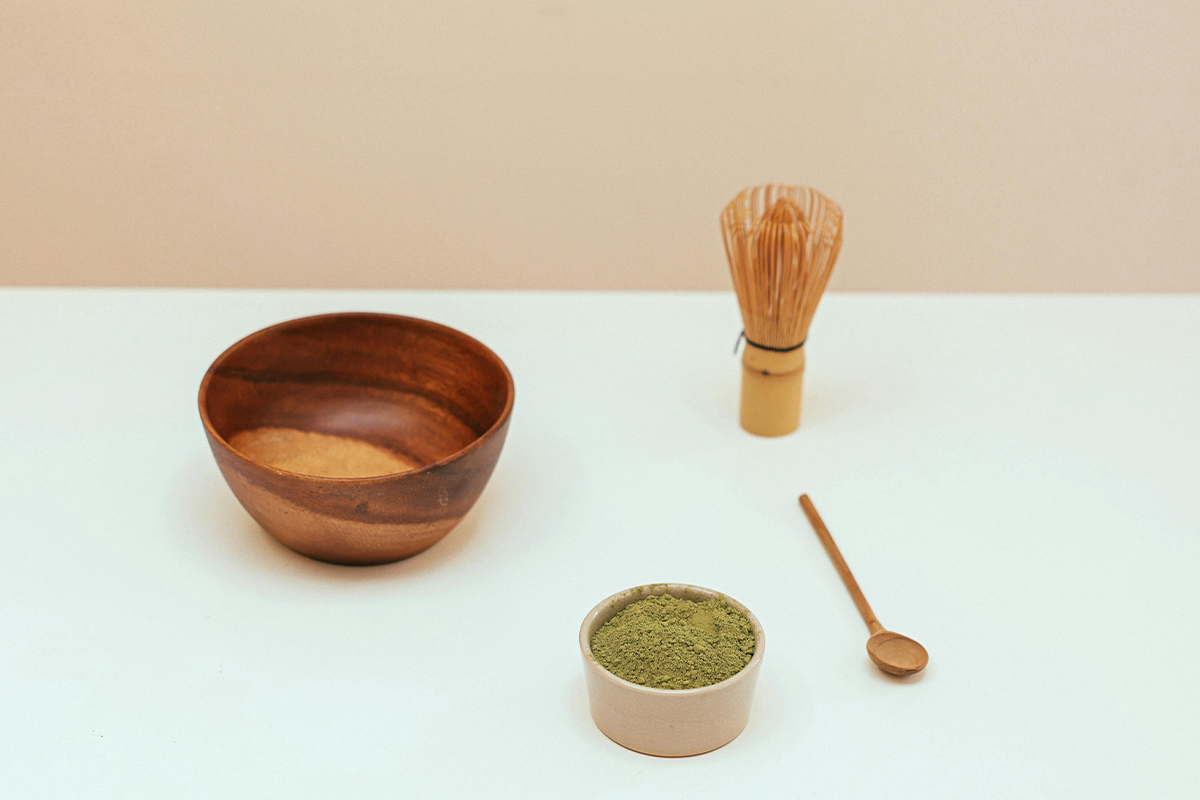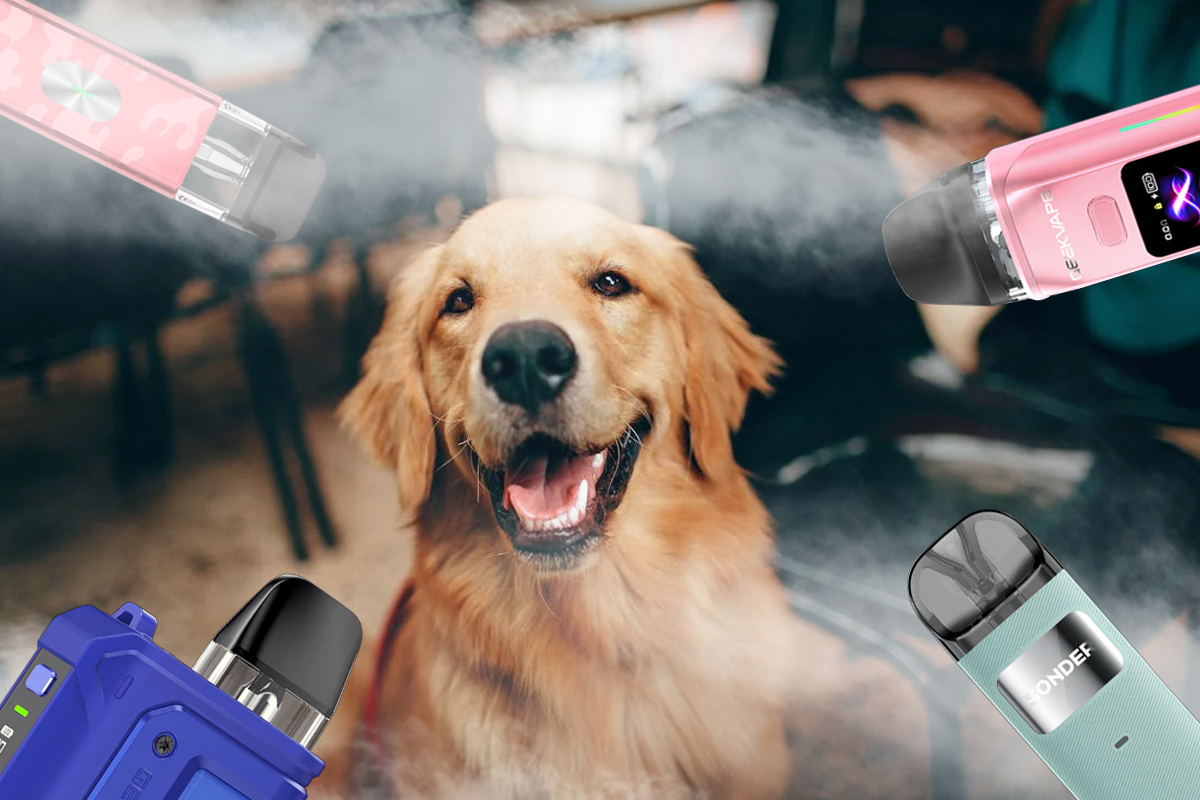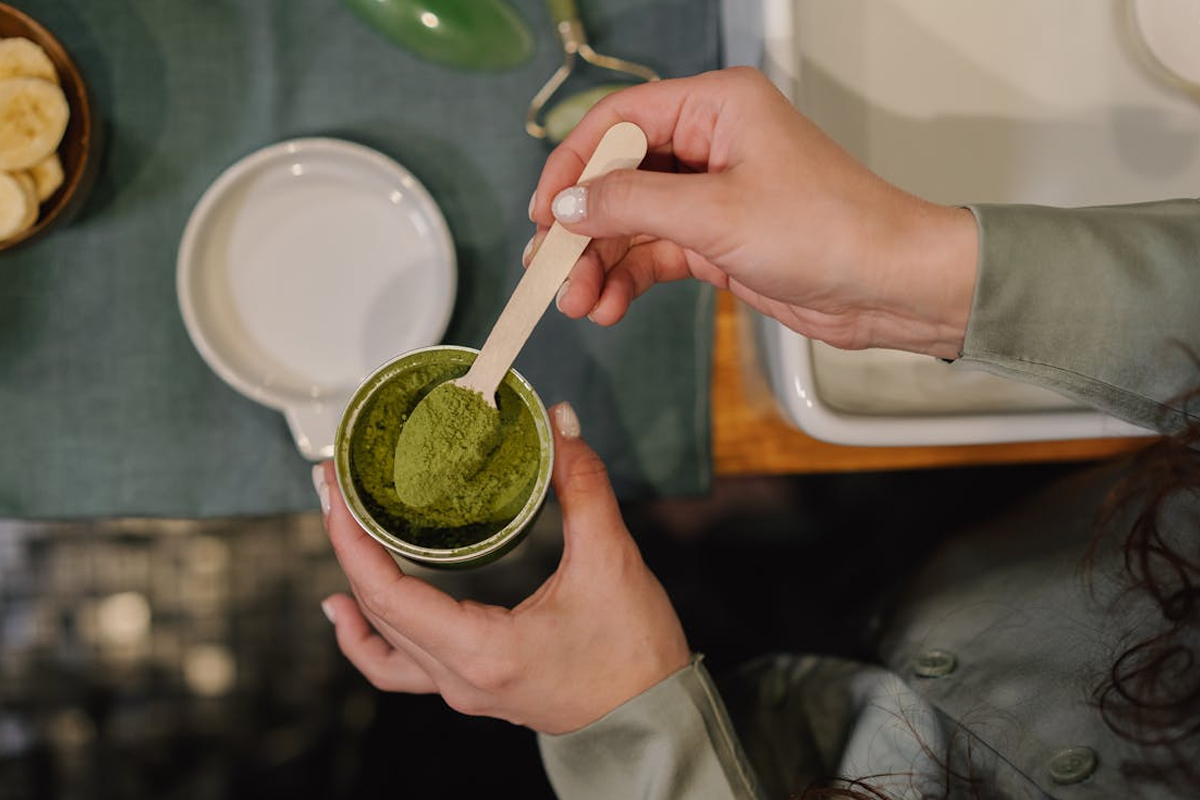Can Lungs Heal After 3 Years of Vaping?
In recent years, especially among the younger generation, vaping has emerged as a popular smoking alternative. However, a growing body of research is raising concerns about the long-term effects of vaping on lung health. If you’re wondering, can your lungs heal after vaping for three years? The answer depends on several factors, including the extent of the damage, your personal health, and your approach to quitting. This article provides an authoritative analysis of lung health after long-term vaping, exploring the possibility of a cure and strategies to support recovery.
Understanding Vaping and Its Impact on Lung Health
Vaping involves inhaling vaporized substances, typically nicotine, flavoring agents, and other chemicals through an electronic device. Initially marketed as a safer alternative to smoking, e-cigarettes deliver fewer toxins than traditional cigarettes. However, they’re far from harmless. Chemicals like formaldehyde, acrolein, and diacetyl can cause inflammation, oxidative stress, and structural damage to the lungs over time.
Research suggests that the accumulation of harmful substances in the lungs may result in chronic conditions. A study by the American Lung Association highlights how e-cigarettes’ components can lead to severe health issues, including chronic bronchitis and bronchiolitis obliterans (also known as “popcorn lung”), a condition involving permanent scarring and narrowing of small airways in the lung.
Mechanisms of Lung Damage from Vaping
The lungs’ delicate tissues face stress when exposed to various compounds in e-cigarette vapor. Here’s how these substances impact lung health:
- Inflammation and Tissue Irritation: E-liquids typically contain propylene glycol and vegetable glycerin, which can irritate respiratory tissues and increase mucus production.
- Oxidative Stress: Studies have shown that chemicals in vape aerosols create oxidative stress, leading to cellular damage and reduced lung function over time. According to Johns Hopkins Medicine, this type of damage can resemble the oxidative effects of cigarette smoke.
- Toxic Chemical Exposure: Diacetyl, found in many vape flavors, is known to cause “popcorn lung.” This disease scars lung tissue and obstructs airflow, making breathing more challenging.
These mechanisms underline the potential for significant lung damage, even after just a few years of vaping.
Clinical Evidence of Lung Damage After Prolonged Vaping
Evidence on long-term lung damage among vapers is growing. For instance, a study published in the American Journal of Preventive Medicine observed vapers over several years and found signs of chronic lung issues, such as persistent cough, shortness of breath, and reduced lung function. The study showed that people who vaped for three years or more had a notably higher risk of respiratory issues than non-vapers.
Additionally, cases of e-cigarette or vaping-associated lung injury (EVALI) highlight the dangers of vaping. EVALI symptoms include cough, chest pain, and breathing difficulties, and can sometimes be severe enough to require hospitalization. Although EVALI is primarily associated with THC vapes, the cases underscore vaping’s potential to severely damage lungs.
Can the Lungs Heal After Three Years of Vaping?
The lungs have a remarkable ability to heal. However, recovery depends on various factors, including the severity and duration of vaping, the user’s age, and general health. Here’s a closer look at how lungs might recover:
- Natural Regenerative Capacity: When exposure to harmful substances stops, the lungs begin to repair themselves. Within weeks of quitting vaping, some improvements in lung function are possible, such as reduced inflammation and irritation.
- Lung Tissue Healing: Lung tissue can regenerate, but extensive damage, like scarring from popcorn lung, may be irreversible. This is why early cessation is critical.
- Improvement Over Time: Clinical studies show that lung health tends to improve within six months to a year after quitting. Three years without vaping can yield further improvements, though it might not fully reverse all effects.
Strategies to Support Lung Healing After Vaping
There are several ways to aid lung recovery and promote healing:
- Complete Cessation: The first and most crucial step is stopping vaping entirely. Every day without exposure to vape chemicals reduces the burden on your lungs.
- Diet and Nutrition: Certain foods support lung health. Leafy greens, berries, and foods rich in vitamins C and E act as antioxidants and can help reduce inflammation.
- Exercise and Breathing Exercises: Physical activity and breathing exercises, such as pursed-lip breathing, can improve lung capacity and efficiency, aiding recovery.
- Medical Interventions: For those with significant lung issues, consulting a pulmonologist may be beneficial. Some therapies, such as inhalers or pulmonary rehabilitation, may aid in lung function improvement.
Preventive Measures to Protect Lung Health
Even after quitting, it’s essential to protect your lungs. Here are some measures that can help maintain lung health:
- Avoid Secondhand Smoke: Exposure to smoke or chemicals from other sources can hinder lung recovery.
- Get Regular Screenings: Periodic check-ups, including lung function tests, help detect any lasting impacts of vaping early on.
- Stay Informed: Educating oneself and others on the risks of vaping can support better choices regarding lung health.
Frequently Asked Questions (FAQs)
Can lungs fully recover after quitting vaping?
While lungs have a natural capacity to heal, full recovery depends on the damage extent. Mild inflammation may improve, but conditions like popcorn lung are often permanent.
How long does it take for the lungs to heal after stopping vaping?
Lung improvement is often observed within weeks, but significant recovery can take six months to several years, depending on individual health.
Are there specific foods or supplements that aid in lung recovery?
Antioxidant-rich foods, such as berries, green leafy vegetables, and nuts, may support lung health by reducing inflammation.
Is exercise beneficial for lung healing post-vaping?
Yes, regular physical activity helps improve lung function and aids in the healing process.
What are the early signs of lung improvement after quitting vaping?
Reduced coughing, easier breathing, and increased stamina are some early signs that the lungs are beginning to heal.
Conclusion: Prioritizing Lung Health After Vaping
Though vaping can cause significant harm, quitting can set the stage for lung recovery. Understanding the risks and taking proactive steps—such as quitting, following a lung-healthy diet, and seeking medical advice—can go a long way in supporting respiratory health. Prioritizing lung health means not only a better quality of life but also a significant reduction in the risk of long-term respiratory complications. If you’ve been vaping for three years or more, there’s still a window for healing and improvement, but the sooner you take action, the better your chances of full recovery.








